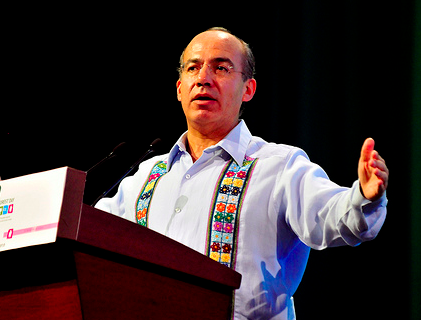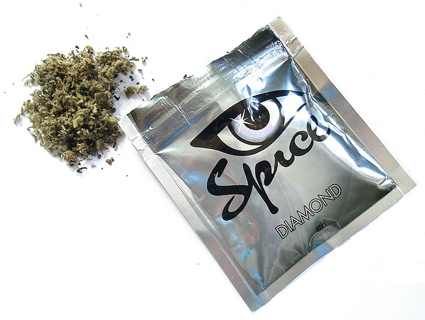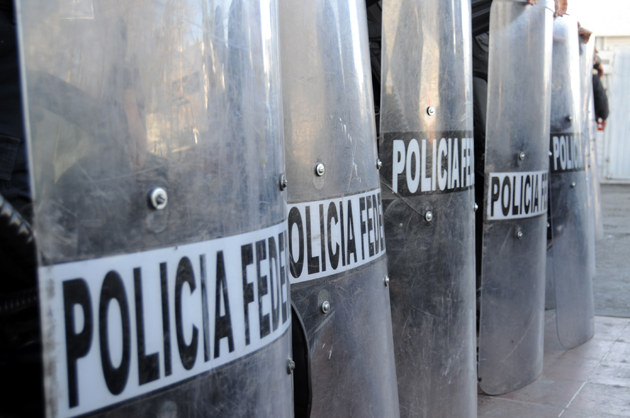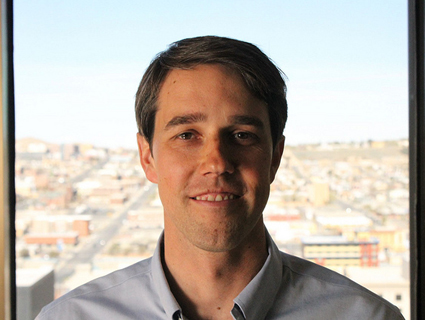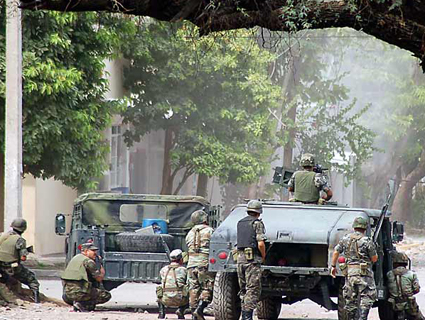
<a href="http://en.wikipedia.org/wiki/File:Fuerza_del_Estado_Michoac%C3%A1n.jpg">Diego Fernández</a>/Wikimedia Commons
Four decades ago, President Nixon launched the US-led global War on Drugs. It has cost the nation over a trillion dollars. 50,000 people have lost their lives to shootouts, bombings, torture, and execution, and that’s only counting six years in Mexico.
And it is still not working. Here’s an excerpt from an AP investigation released on Monday:
Mexican drug cartels whose operatives once rarely ventured beyond the U.S. border are dispatching some of their most trusted agents to live and work deep inside the United States — an emboldened presence that experts believe is meant to tighten their grip on the world’s most lucrative narcotics market and maximize profits.
If left unchecked, authorities say, the cartels’ move into the American interior could render the syndicates harder than ever to dislodge and pave the way for them to expand into other criminal enterprises such as prostitution, kidnapping-and-extortion rackets and money laundering.
[…]
“It’s probably the most serious threat the United States has faced from organized crime,” said Jack Riley, head of the Drug Enforcement Administration’s Chicago office…”People think, ‘The border’s 1,700 miles away. This isn’t our problem.’ Well, it is. These days, we operate as if Chicago is on the border.”
The nonprofit Chicago Crime Commission recently named Joaquin “El Chapo” Guzman, leader of the Sinaloa cartel, the city’s “Public Enemy No. 1,” even though Guzman has never even been to Chicago.
The AP investigation notes recent cases indicative of cartel expansion in suburbs and cities of non-border states like Illinois, Indiana, Kentucky, Michigan, Minnesota, North Carolina, Ohio, and Pennsylvania.
On a related note, here’s a chart, courtesy of filmmaker Matt Groff:

This is your tax dollars on drugs. Read the whole AP report here.
